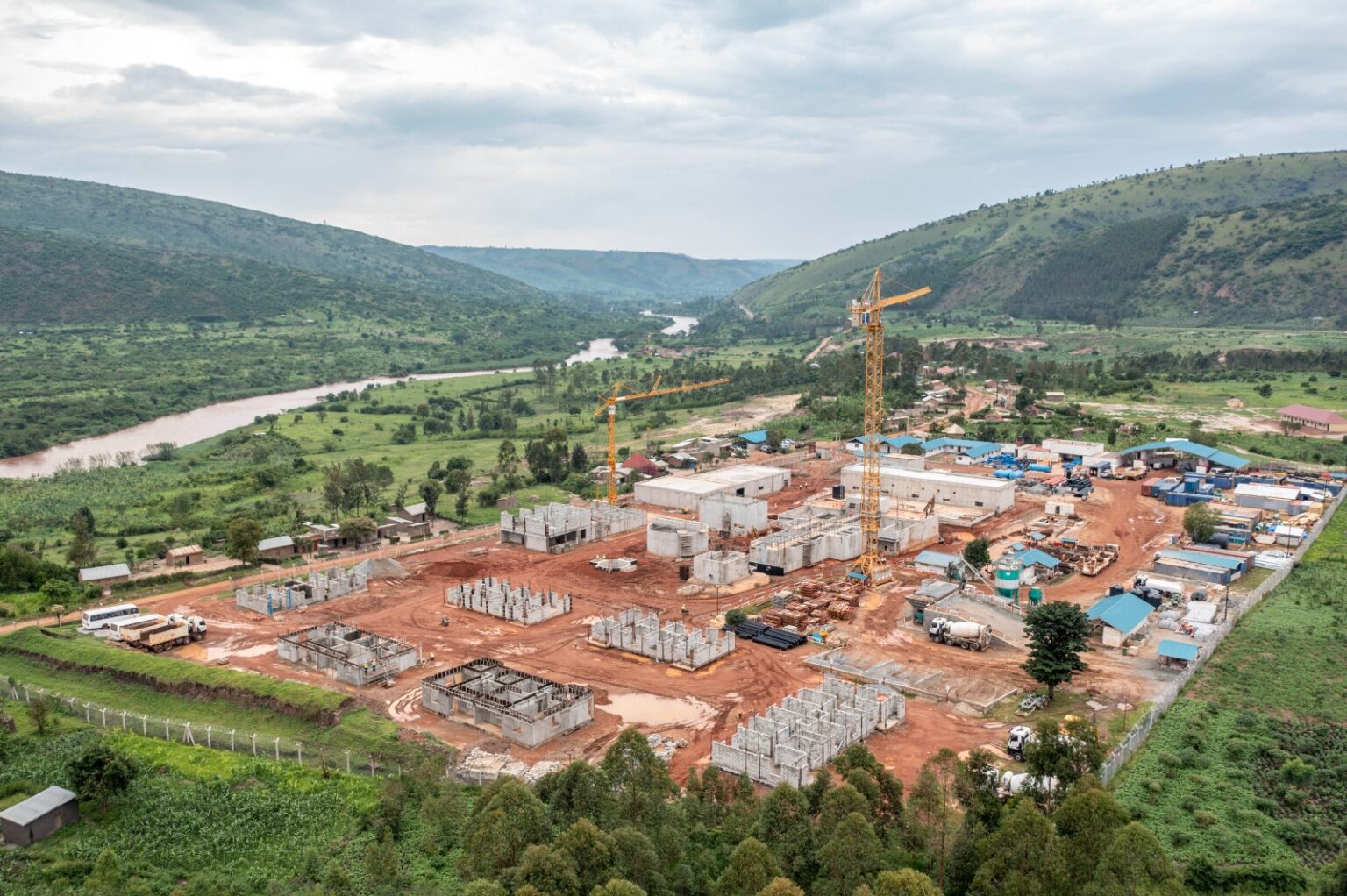ISINGIRO: As the demand for clean water continues to rise across Western and Central Uganda, the National Water and Sewerage Corporation (NWSC) is closing in on the completion of the Kagera Water Project, an initiative designed to improve water access in Mbarara City, Lyantonde, Isingiro, and parts of Kiruhura District.
The project, valued at Shs200 billion, is being implemented by NWSC with support from the government of Uganda, and it involves the construction of a new water intake on River Kagera in Nshungezi, Kikagati Sub-County, Isingiro District. Once operational, the facility will produce up to 30 million litres of water daily, 12 million litres earmarked for Mbarara and 18 million litres allocated to Isingiro.
According to NWSC engineers, major milestones have already been achieved. For instance, pipework from the water treatment plant to the Bihunya reservoir tank is now complete, and construction teams are currently laying the section from Bihunya to the Boma tank, with two of the five kilometres already installed.
This development is especially significant for residents in high-altitude communities, where access to reliable water supply has long been a challenge. Among the communities expected to benefit are Adullam, Rwobuyenje, Kyarwabuganda, Mwere Nyakinengo, Rwbishuri, Rubiri, Buremba-Kakoba, Nkokonjeru, Kacence, Kakoba-Muyenga, upper Nyakaizi, Rwemirizi-Katete, Kashenyi-Nyamitanga, and Nyarubungo-Kaberebere, along with their surrounding localities.
Water quality is also expected to improve significantly. Unlike River Rwizi, which has suffered from years of encroachment, erosion, and contamination, particularly during rainy seasons, River Kagera is a relatively cleaner source. This will therefore ease the burden on water treatment facilities and reduce the volume of chemicals required to purify the supply. NWSC’s Principal Public Relations Officer for the Western region, Mr. Paul Turyamureba Kahiigi while addressing the media in March 2025 explained that population growth and human activity along riverbanks have worsened pollution levels in the region’s traditional water sources, driving the need for new, more sustainable alternatives. He then added that NWSC is developing strategies to protect the upstream portions of River Kagera to ensure long-term viability of the intake.
Prior to this intervention, River Rwizi could only provide 18 million litres of water per day against a daily demand of 24 million litres. This supply gap left many areas, including Bwizibwera, Biharwe, Kashaka, and Kaberebere, grappling with persistent shortages. The Kagera project is therefore expected to restore balance and enhance supply reliability across the region.
The intake facility is located near the Uganda-Tanzania border in Rubizi Parish, Ruyanga Sub-County, Isingiro District, an area surrounded by agricultural activity and light river navigation. To protect the source, stakeholder engagements have already been carried out to support smooth implementation and community buy-in.
With works progressing steadily, NWSC has confirmed that the project is on track for completion within the next two months. Once commissioned, it is expected to provide lasting relief for communities that have endured years of intermittent service, reinforcing NWSC’s ongoing commitment to universal access under its Water for All agenda












